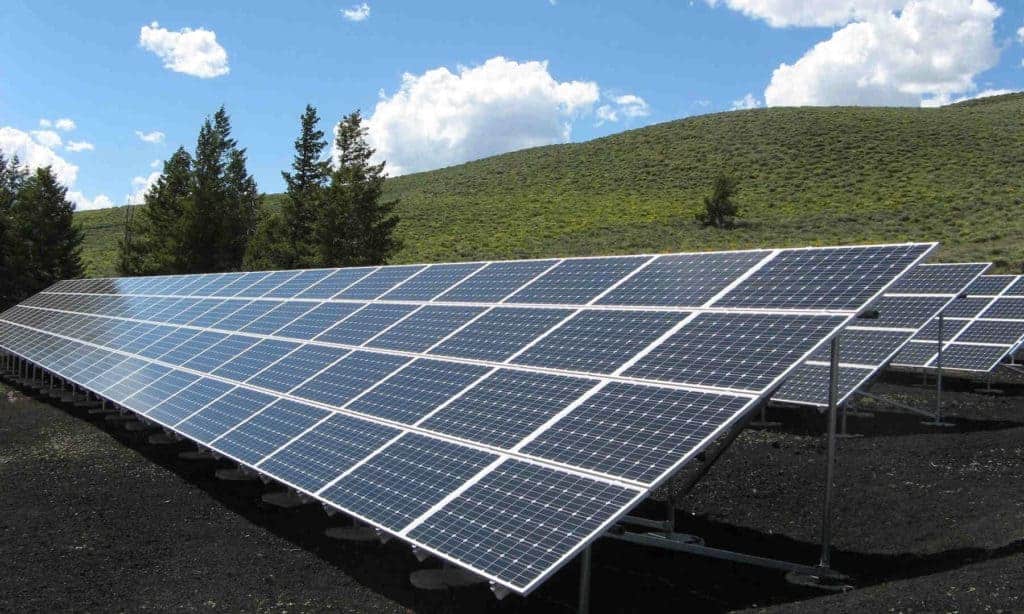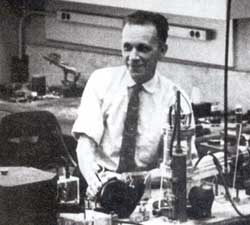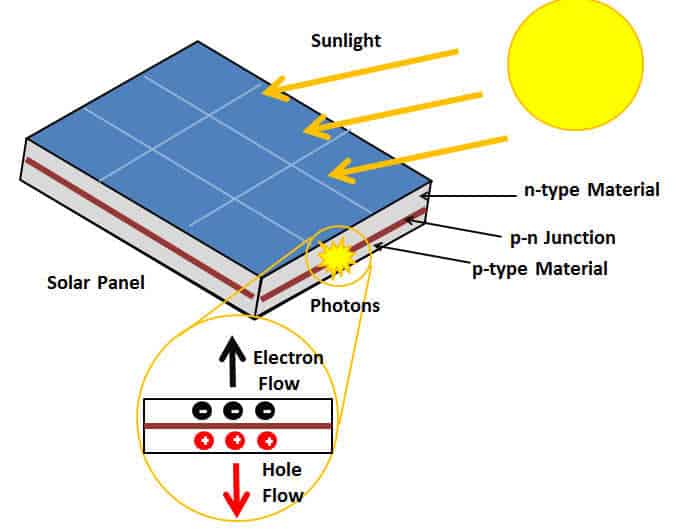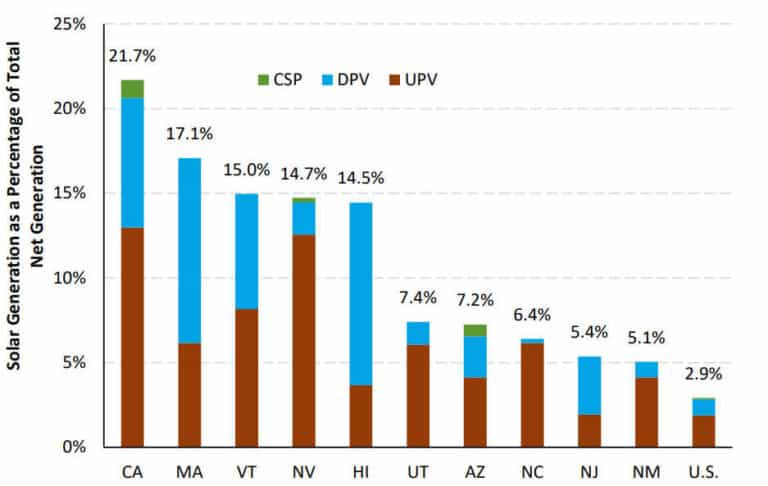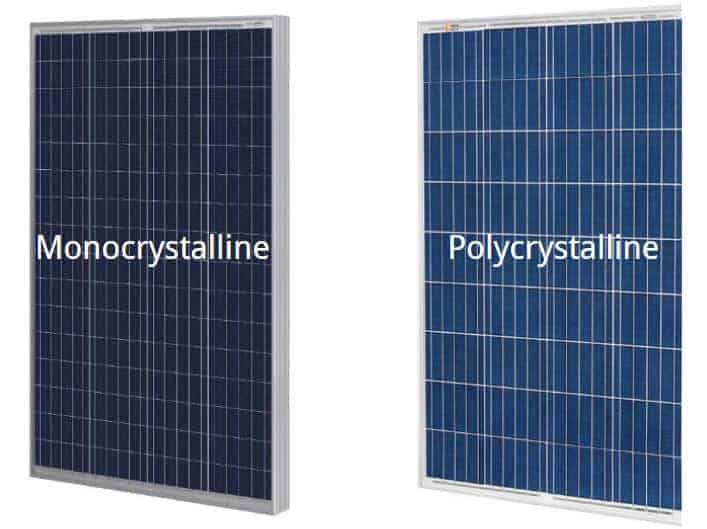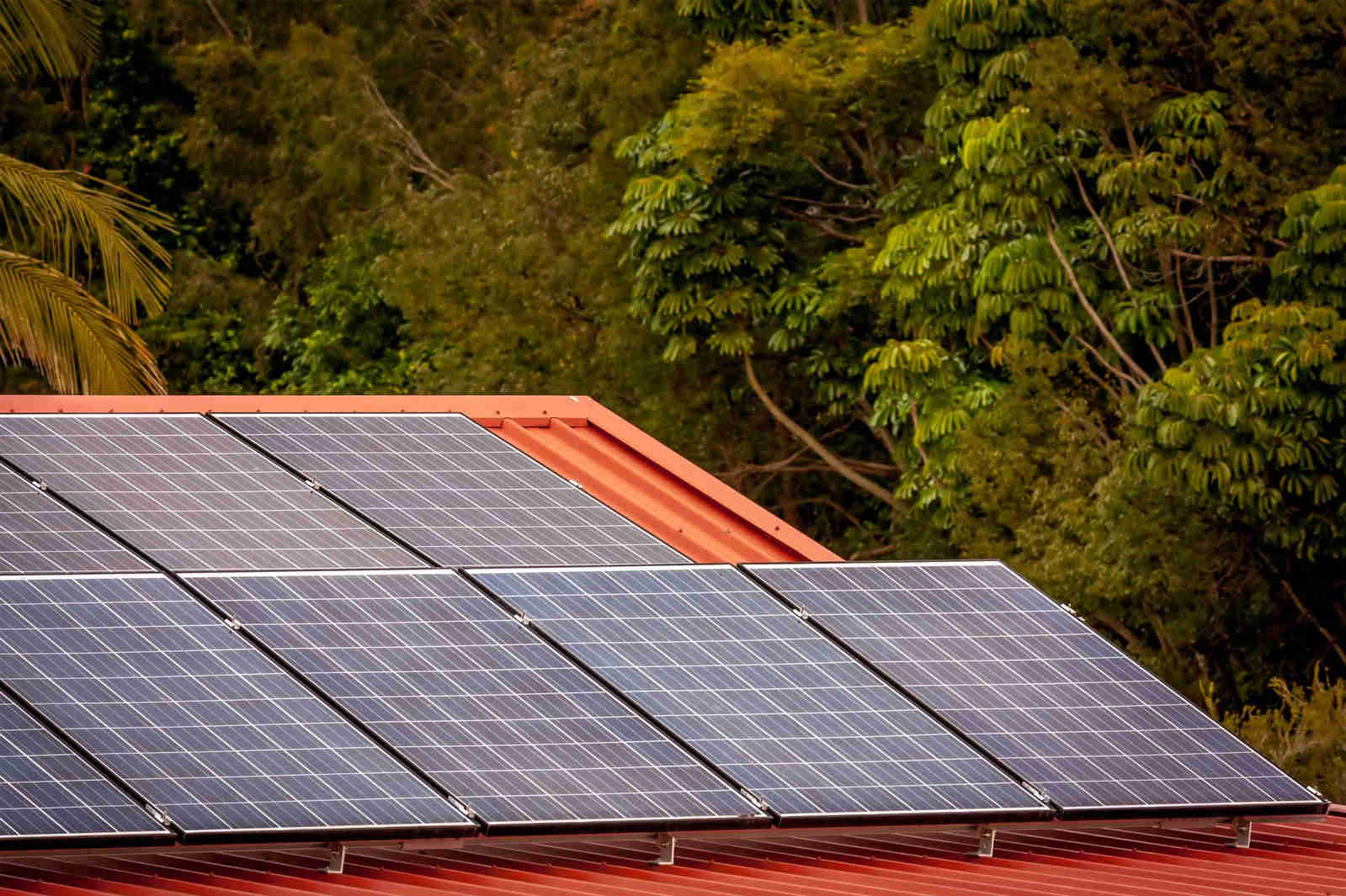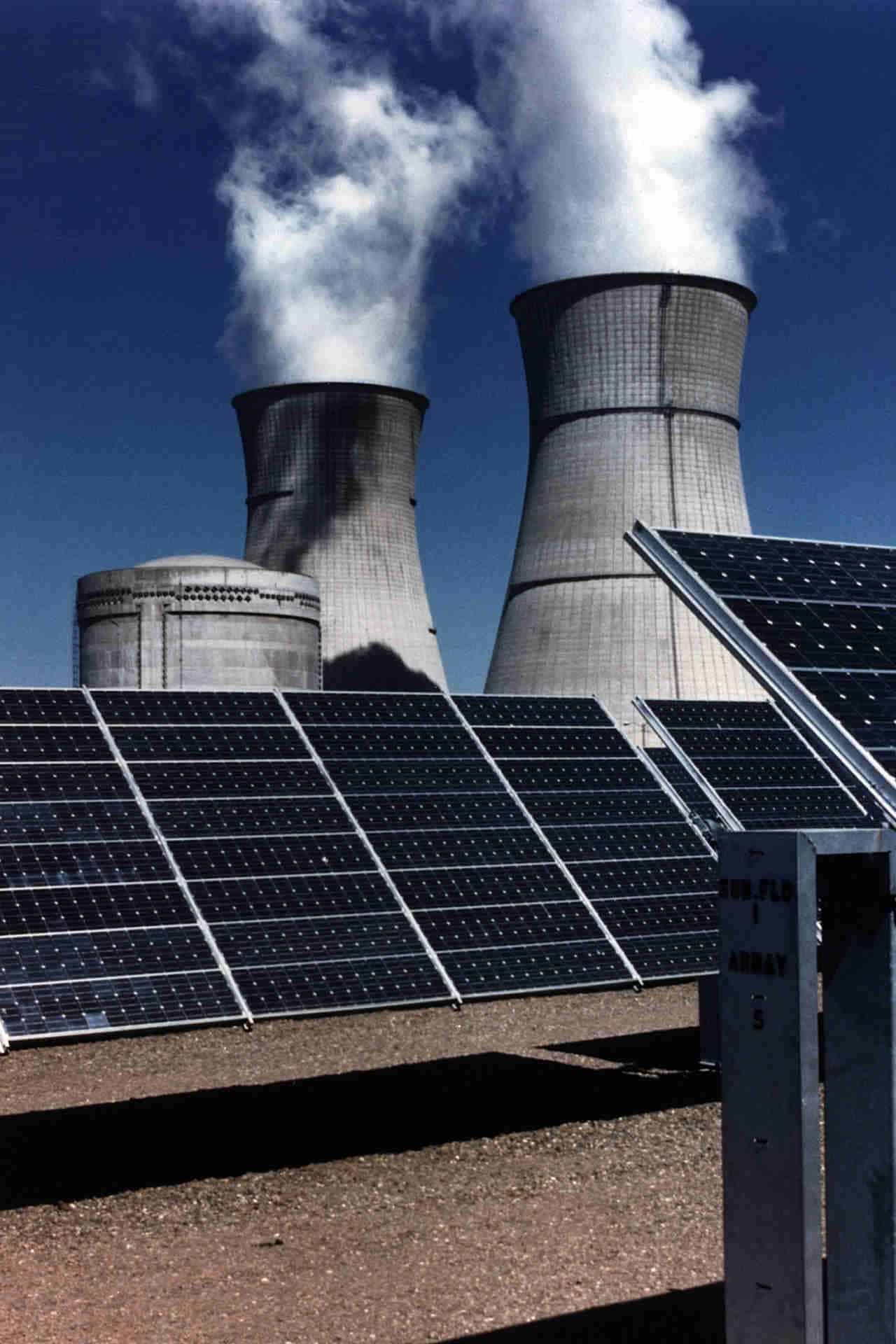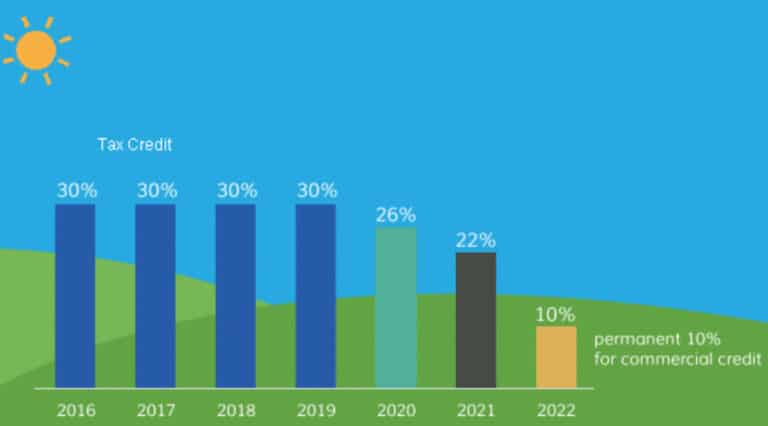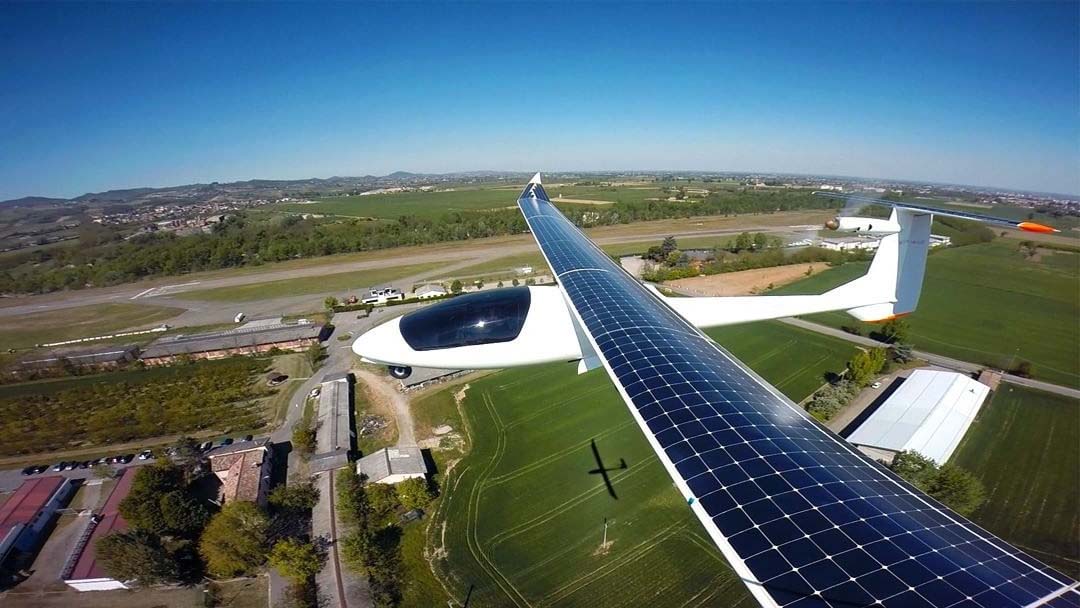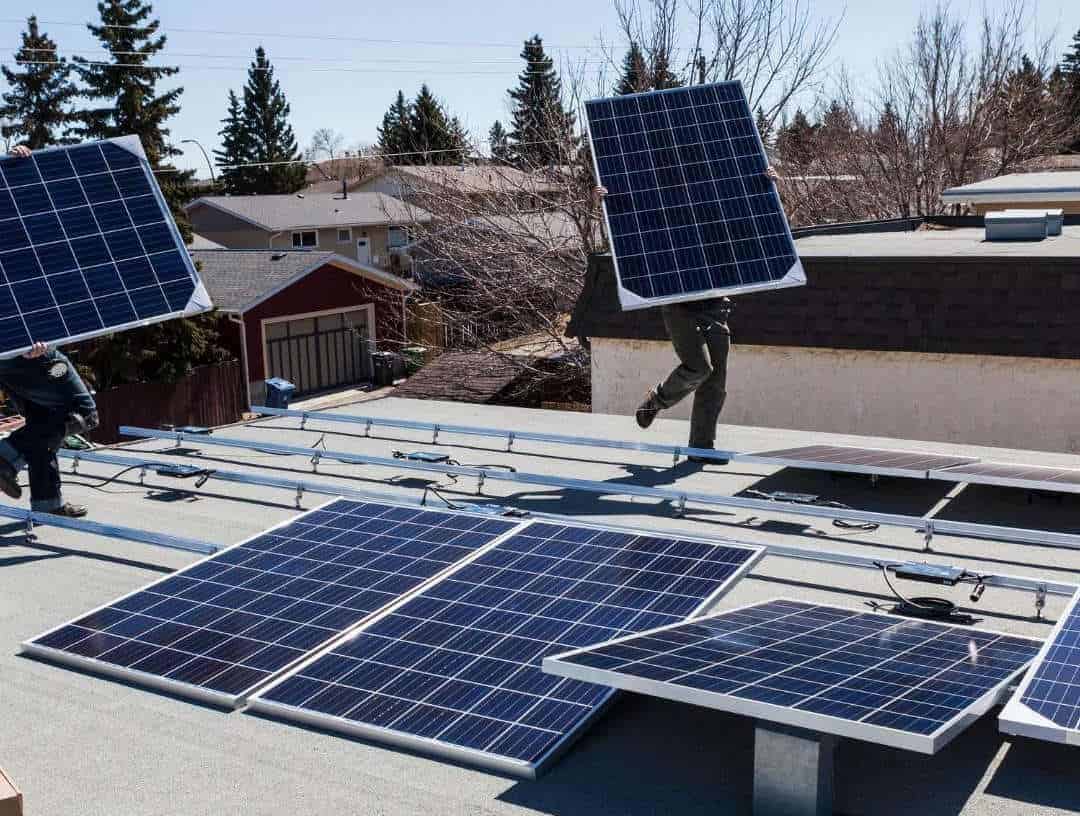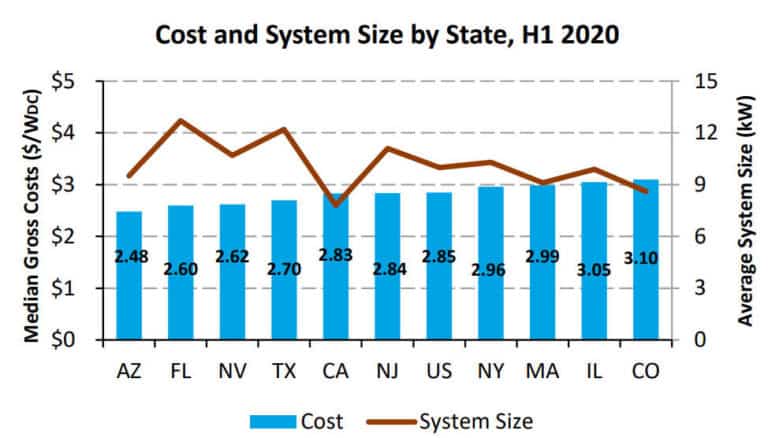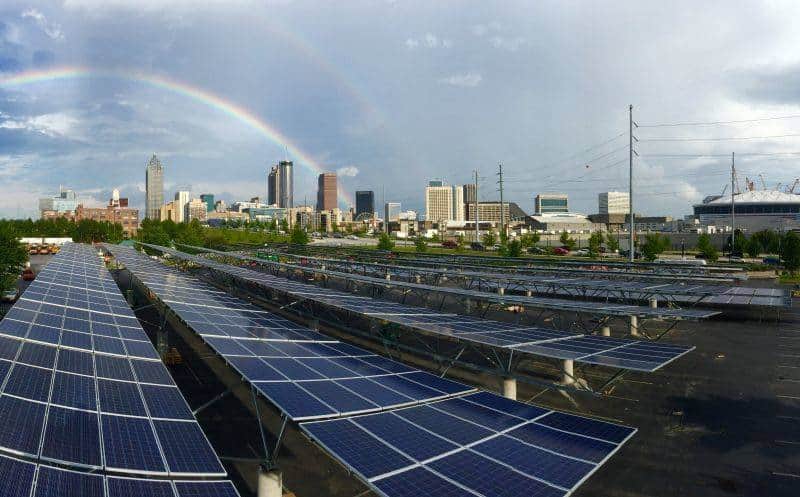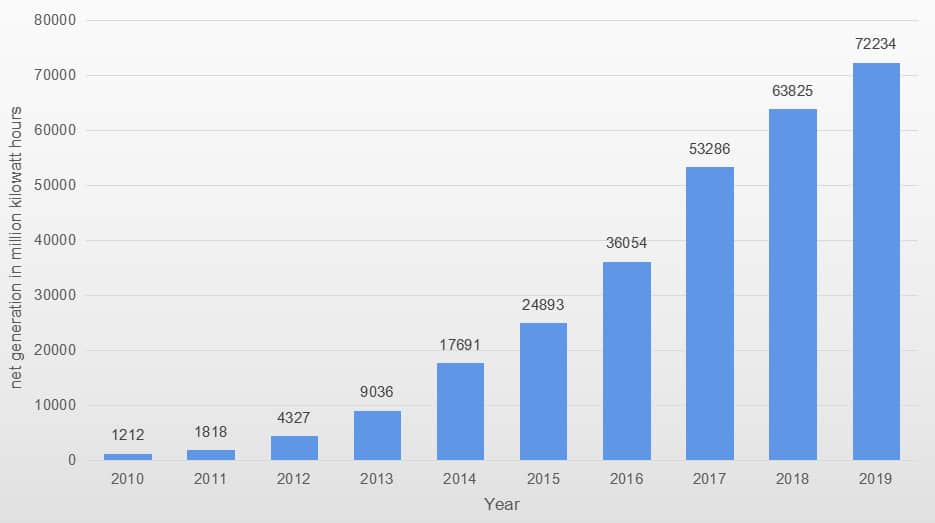What do you know about solar energy? All you probably know is that it’s good for the environment. Most people don’t go past the clean energy bit when they’re investing in solar plans.
To understand solar energy, you have to know a little about solar panels. Here, you’ll learn 12 solar panel facts before you put your money into a plan.
1. In 1941, the first solar panel cell
Although people have used solar energy since the 7th century BC, it was only in 1839 that physicist Alexander Edmond Becquerel realized how the sun could be used to produce an electric current. His discovery paved the way for Russell Ohl to invent the first solar panel two years later.
It was not until 1954 that Bell Laboratories presented the first commercial panel. In the 1970s, during a time of high inflation in the US, an oil shortage created the need for inventions.
At this time, President Jimmy Carter ordered the first installation of solar panels in the White House.
This act alone created more awareness of the need for clean energy.
2. The entire Earth can get a year’s energy from just one hour of sunlight
Solar panels, comprised of several solar cells, are the main drivers of a solar energy system.
Why? Solar panels store the energy produced by the sun and convert it into electricity.
The potential solar energy in one hour of direct sunlight is enough to power the whole Earth.
The panels can either transform energy through the photovoltaic method or solar thermal. The transformation of the power you use to light up your home happens through the photovoltaic process.
On the other hand, the energy you use for heating is from solar thermal. If you narrow it down to homes, a single house’s roof area is enough to hold the solar panels necessary for all its power needs.
3. California leads the pack in the US
California’s solar power usage hit over 23 gigawatts, pushing it to the top of the solar energy chart in 2017. At least 3.7 million homes in the state are solar-powered. What’s more, the sector employs over 86,000 people.
Arizona and New Jersey have also made great strides in solar energy production and usage. North Carolina has 4.5 gigawatts of solar with more than 7,000 jobs in the sector.
Arizona comes in third with over 3.6 gigawatts of solar. In one of America’s sunniest states, over 500,000 homes have solar panels. Nevada boasts 30,207 solar installations, with over 6,000 of its jobs being in the solar sector.
4. Monocrystalline silicon solar panels are the best
Because they come in one color, monocrystalline solar panels have become a popular choice. These types of panels have a silicon wafer, hence their name. The panel’s efficiency can go up to 22%. The advantage of this is that they need a smaller space to produce sufficient energy.
Although they come with good features, monocrystalline solar panels could set you back a couple of dollars. But, considering their efficiency the price is worth it.
In contrast, polycrystalline panels are only popular with homeowners who don’t wish to spend a lot of money. Their blue color is also not popular with homeowners. Their design restricts the free flow of electrons, hence a lower performance.
5. Solar panels can function effectively without direct sunlight
Whether you come from a sunny state or not, solar panels will do the work correctly.
Even without direct sunlight, solar panels will work efficiently to absorb photons.
Although placing your panels under direct sunlight is ideal, modern panels can still use any daylight. How? By using a system of lenses and mirrors to harness the light. Therefore, solar panels can still be effective even in cloudy weather, although their efficiency is reduced.
Further, solar panels also don’t need heat to work. The panel’s materials create the electric current.
6. Going solar can cut CO2 emissions
Installing solar panels for solar energy in your home can help you significantly reduce your carbon dioxide emissions. Because solar energy is clean energy, it does not emit the same polluting gases as other sources.
On average, homes using solar power in the US can reduce their carbon dioxide emissions significantly, with some households saving over 1,400 pounds of emissions monthly. In Connecticut, for instance, moving from fossil fuel to solar systems can reduce emissions equal to planting over 100 trees yearly.
The ripple effect of using solar in homes is reduced respiratory and heart diseases due to cleaner air.
7. In the long term, solar panels pay for themselves
Although the initial cost of installing solar panels can be high, it’s worth it. Why? In the long term, solar panels pay for themselves. The amount of money you save while using solar panels will help you see their worth.
When you have solar panels, electric bills will be a thing of the past. A household can save over $1,300 annually just by using solar energy. Also, there is a 22 percent tax break on solar in the US.
However, to save money, you must install your solar panels correctly.
What’s more, solar panels can push up the value of your house. Selling a house that is energy efficient is good for the environment and excellent for a buyer.
8. Solar-powered planes are real
Outside the home, solar panels can power cars, trains, and even planes. Surprised? Solar energy is increasingly in travel use.
Because vehicles spend a lot of time parked or driving, photovoltaic cells can be placed on rooftops to charge the car batteries.
In 2018, a solar-powered Airbus plane made a maiden 26-day flight.
Solar-powered planes are, however, quite some way from being commercialized.
9. Solar panel production will surprise you
Kilowatts are the amount of energy a solar panel can absorb and produce. When your home uses that energy over some time, it is measured in kilowatts hours. Therefore, to decide how many solar panels you need, you must determine how much energy your home uses.
You should also ask yourself where your roof faces, the sunlight situation in your area, and the panels’ wattage. The output of most home solar panels can be up to 400 watts each.
10. Solar panels can serve you for 25 years
What should you know about a solar panel’s warranty? A panel has two warranties. One is the performance warranty, which guarantees 90% production at 10 years and 25 years, 80%.
Performance warranty covers a decline in electricity production over the years. For that reason, manufacturers usually guarantee that the panels will retain at least 80% of their output capacity for the first 25 years.
An equipment warranty guarantees up to 12 years without fail.
What does a panel’s product warranty insurance cover? It will protect you from issues such as manufacturing defects, early wear and tear, and environmental problems.
Like most items, getting a solar panel with a more extended warranty is the best option. If your solar system degrades too early, then it will deny you long-term benefits.
Sometimes a non-functional solar panel does not affect the system’s efficiency. But, should a failed panel affect the adjacent ones, you might need a replacement, costing you upwards of $300.
11. A community solar panel can help you
If you don’t own a home, you can go the community solar way. With this method, you can get your power supply from a local shared solar farm.
Community solar plans apply to anyone who has an electricity bill, whether you’re renting or don’t have a solar-suitable roof.
The advantage of a community solar plan is that you are not responsible for installation. As a homeowner whose roof orientation doesn’t allow for solar panels, you are better off taking the community solar panel route.
This concept also applies to homeowners who don’t want to go through the hassle of hiring a contractor. It is also the case for those looking for the right panels.
Besides, some people cannot afford solar panels even though they want clean energy.
Because a community solar panel offers members subscriptions, there are no upfront costs for setting up.
12. Solar power installations in the US have risen tremendously
As the demand for clean energy goes up, solar power usage is increasing in the US. The number of installations is more due to the dropping cost of photovoltaic panels by almost 50%.
In 2019, America’s solar power output was 60 times more than in 2010. The result of this is that the solar sector has been employing more Americans by the day.
Conclusion
Before you invest in an energy system, the above are the 12 solar panel facts you should know about. Although it would be better to have the panel in a well-lit area, solar panels don’t need direct sunlight to work. Remember to check the warranty status and how much energy your home requires when buying a system.

